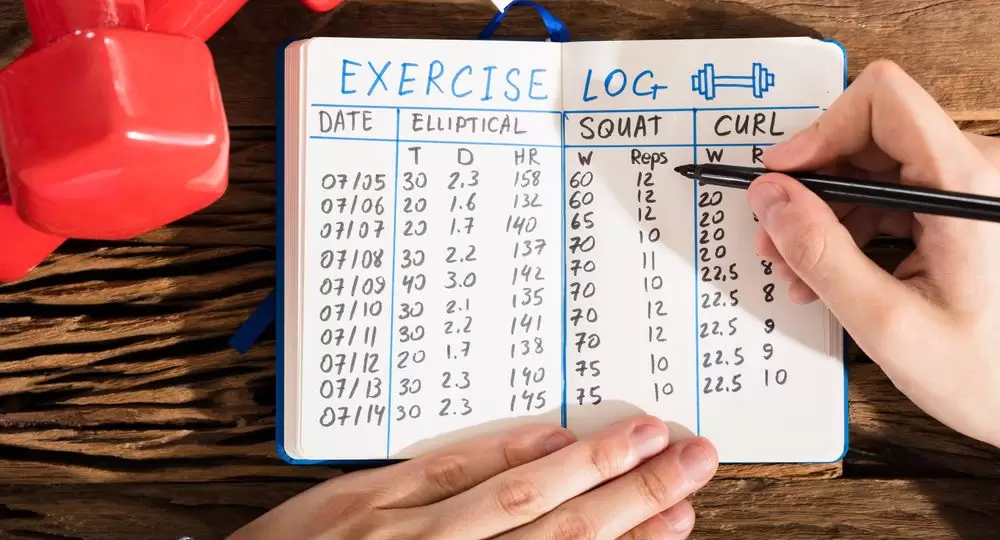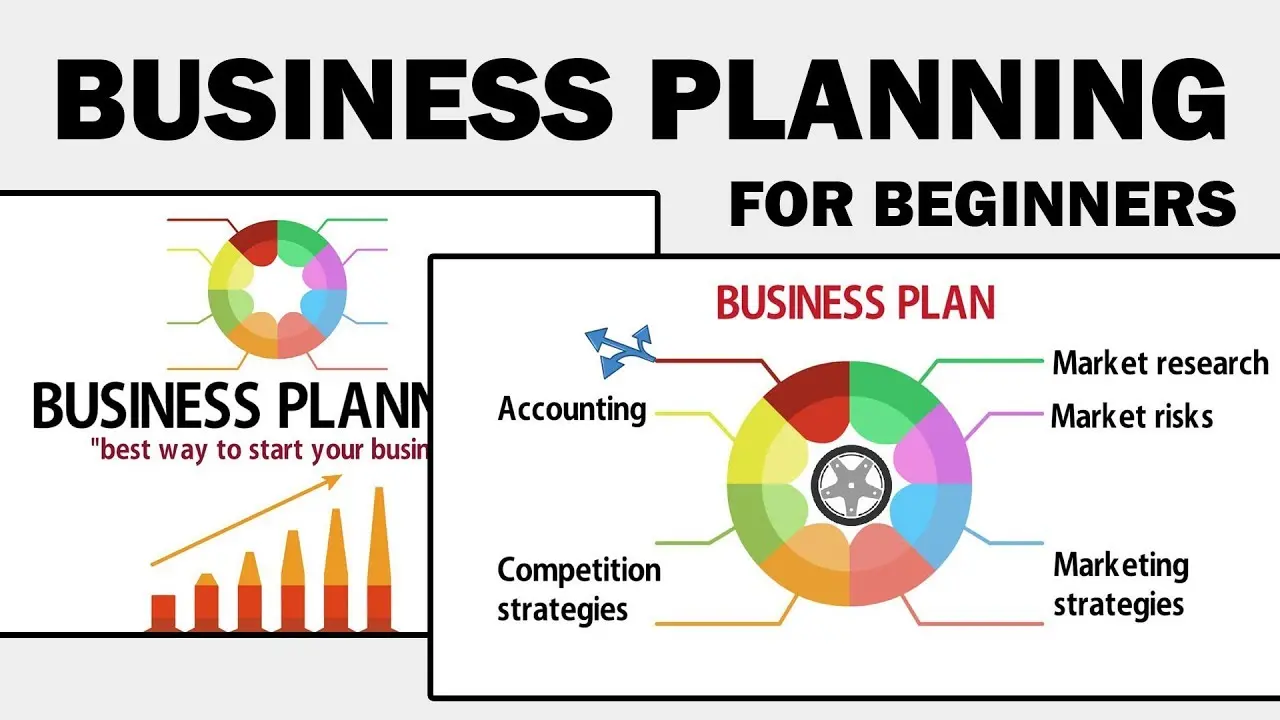Mastering Your Fitness Journey: The Art of Tracking Fitness Progress

Embarking on a fitness journey often begins with a surge of motivation and enthusiasm. But as days turn into weeks and weeks into months, that initial spark can start to dim. This is where the art of tracking fitness progress becomes an invaluable ally. By meticulously recording each step of your journey, you not only witness your evolution but also fuel your motivation to push further. In this comprehensive guide, we’ll delve into why tracking fitness progress is crucial, explore various methods for doing so, and share inspiring examples of successful journeys. Let’s navigate through the nuanced landscape of fitness tracking, ensuring your path is both rewarding and transformative.
Table of Contents
Why Tracking Fitness Progress is Important
The foundation of any successful fitness journey is awareness – awareness of where you are, where you want to be, and how you plan to get there. Tracking fitness progress acts as a compass, guiding you through the ebbs and flows of your journey. It provides concrete evidence of your achievements, no matter how small, which is essential for maintaining motivation over time. With this record, it’s easier to keep sight of the progress you’ve made, which can lead to discouragement and potentially abandoning your fitness goals altogether.

Moreover, tracking allows for more than just reflection; it enables strategic planning. By understanding your past performance, you can better tailor your future workouts to target specific areas, avoid plateaus, and optimize your training for continuous improvement. It’s a tool for personal accountability, ensuring that you remain committed to your fitness objectives and adhere to your workout regimen.
Lastly, tracking your progress can significantly enhance your understanding of your body. It reveals patterns and insights into how your body responds to different types of exercises, diets, and routines. This knowledge is powerful, empowering you to make informed decisions that align with your body’s unique needs and your fitness aspirations.
Benefits of Tracking Fitness Progress
The benefits of tracking fitness progress extend far beyond mere documentation. Firstly, it serves as a powerful motivational tool. Seeing tangible evidence of your development can boost your morale and encourage you to set even higher goals. It’s a way to celebrate small victories, keeping the flame of motivation burning brightly, even on days when you feel less inclined to push through.
You are additionally tracking, which fosters a sense of accountability. By setting targets and recording your efforts, you’re committing yourself. This personal accountability is crucial for consistency, which is the bedrock of any successful fitness regime. On days when motivation wanes, knowing you have goals to meet and progress to record can be the nudge you need to get moving.
Another significant benefit is the ability to personalize your fitness journey. Tracking your progress reveals what works best for you, allowing you to customize your workouts, nutrition, and recovery periods to suit your individual needs. This tailored approach is often more effective and sustainable, leading to better results and a more enjoyable fitness experience.
Different Methods for Tracking Fitness Progress
The methods for tracking fitness progress are as varied as the individuals who use them. Traditional methods include keeping a fitness journal or diary, where you record workouts, sets, reps, weights used, and any cardiovascular activities. This method offers a straightforward way to see improvements over time and adjust your training accordingly.

Another popular method is taking progress photos. Visual evidence of change can be incredibly motivating and provides a different perspective than numbers on a scale or in a notebook. Coupled with body measurements, progress photos can give a comprehensive view of how your body is transforming.
Lastly, technology has revolutionized fitness tracking. Numerous apps and devices can monitor everything from your daily step count to detailed summaries of your workouts, sleep patterns, and nutritional intake. These tools offer convenience and precision, allowing for an in-depth analysis of your progress with minimal effort.
Setting Fitness Goals and Milestones
The effectiveness of tracking fitness progress hinges on setting clear, achievable goals. Begin with broad objectives, then break them down into specific, measurable milestones. For instance, if your goal is to improve cardiovascular health, a milestone could be to run a 5K without stopping. These milestones should be challenging yet attainable, pushing you to progress while setting you up for success.
It’s also crucial to set both short-term and long-term goals. Short-term goals keep you focused and provide immediate satisfaction upon completion, while long-term goals keep the big picture in perspective and motivate you to continue pushing forward. Celebrating each milestone, no matter how small, reinforces your commitment and keeps the journey rewarding.
Remember, goals can and should evolve. As you progress, reassess and adjust your targets to reflect your current level of fitness and aspirations. This dynamic approach ensures your fitness journey remains challenging, engaging, and aligned with your evolving needs.
Tools and Apps for Tracking Fitness Progress
In today’s digital age, numerous tools and apps are available to aid in tracking fitness progress. Apps like MyFitnessPal and Strava have become staples for many fitness enthusiasts, offering features from calorie tracking to mapping out running routes. Wearables like Fitbit, Garmin, and Apple Watch provide real-time data on your physical activity, sleep, and even heart rate variability, offering a comprehensive overview of your health and fitness.

Choosing the right tool depends on your personal preferences and fitness goals. If nutrition is your focus, an app specializing in dietary tracking might be most beneficial. For those emphasizing workouts, a wearable that records exercise intensity, duration, and frequency could be more appropriate. The key is to find a tool that you’ll consistently use, and that complements your fitness objectives.
Tracking Fitness Progress for Different Types of Workouts
Different types of workouts require different tracking metrics. For strength training, tracking the weight lifted, the number of sets and reps, and rest periods between sets can provide insights into your strength gains and muscular endurance improvements. For cardio workouts, monitoring distance, time, and heart rate can help gauge cardiovascular health and endurance.
Yoga and flexibility training, though less quantifiable, can still be tracked through personal milestones, such as achieving a new pose or noticing increased flexibility or stability. Regardless of the workout type, the key is to identify relevant metrics that reflect progress toward your specific fitness goals.
How to Stay Motivated While Tracking Fitness Progress
Staying motivated while tracking fitness progress requires balancing discipline and self-compassion. It’s important to celebrate every achievement, no matter how small, and view setbacks not as failures but as learning opportunities. Setting regular check-ins with yourself to review your progress can help maintain focus and motivation.
Additionally, sharing your goals and progress with a supportive community, whether online or in person, can provide encouragement and accountability. Surrounding yourself with like-minded individuals who understand the challenges and rewards of a fitness journey can be incredibly motivating.
Common Mistakes to Avoid When Tracking Fitness Progress
One common mistake is becoming too fixated on numbers, whether it’s the scale, calories, or workout stats. While these metrics are helpful, they paint only part of the complete picture of your health and fitness. It’s essential to consider qualitative measures of progress, such as how you feel, energy levels, and improvements in functionality and mobility.

Another mistake is setting unrealistic goals or expecting linear progress. Fitness journeys are inherently filled with ups and downs. Recognizing and accepting this fact can help prevent frustration and burnout.
Examples of Successful Fitness Progress Tracking Stories
There are countless inspiring stories of individuals who’ve transformed their lives through fitness and meticulous progress tracking. From dramatic weight loss journeys to incredible feats of strength and endurance, these stories highlight the power of setting goals, tracking progress, and staying committed.
One recurring theme in these success stories is the importance of adaptability. Many individuals had to overcome plateaus, injuries, and other obstacles, adjusting their goals and methods as needed. Their journeys illustrate that while the path to fitness might not always be straight, persistence and flexibility can lead to remarkable results.
How Can Fitness Progress Be Tracked Effectively with Technology?
Technology can significantly enhance the effectiveness of tracking fitness progress. Using apps and wearables to record data automatically removes the guesswork and manual effort, making it easier to stay consistent. These tools can also provide personalized insights and recommendations based on your activity, further tailoring your fitness journey to your needs.
However, it’s essential to use technology as a tool, not a crutch. Balancing technological insights with personal intuition and feedback from your body ensures a holistic approach to fitness tracking. This balance between data-driven decisions and listening to your body is vital to a sustainable and enjoyable fitness journey.
Conclusion
Mastering the art of tracking fitness progress is a journey in itself, one that requires patience, commitment, and a willingness to learn. By understanding the importance of tracking, leveraging various methods and tools, and staying motivated, you can transform your fitness journey into a rewarding and life-changing experience. Remember, every step forward, no matter how small, is progress. Celebrate your achievements, learn from the setbacks, and continue pushing towards your goals. The path to your best self is paved with persistence, and tracking your fitness progress is the compass that will guide you there.






